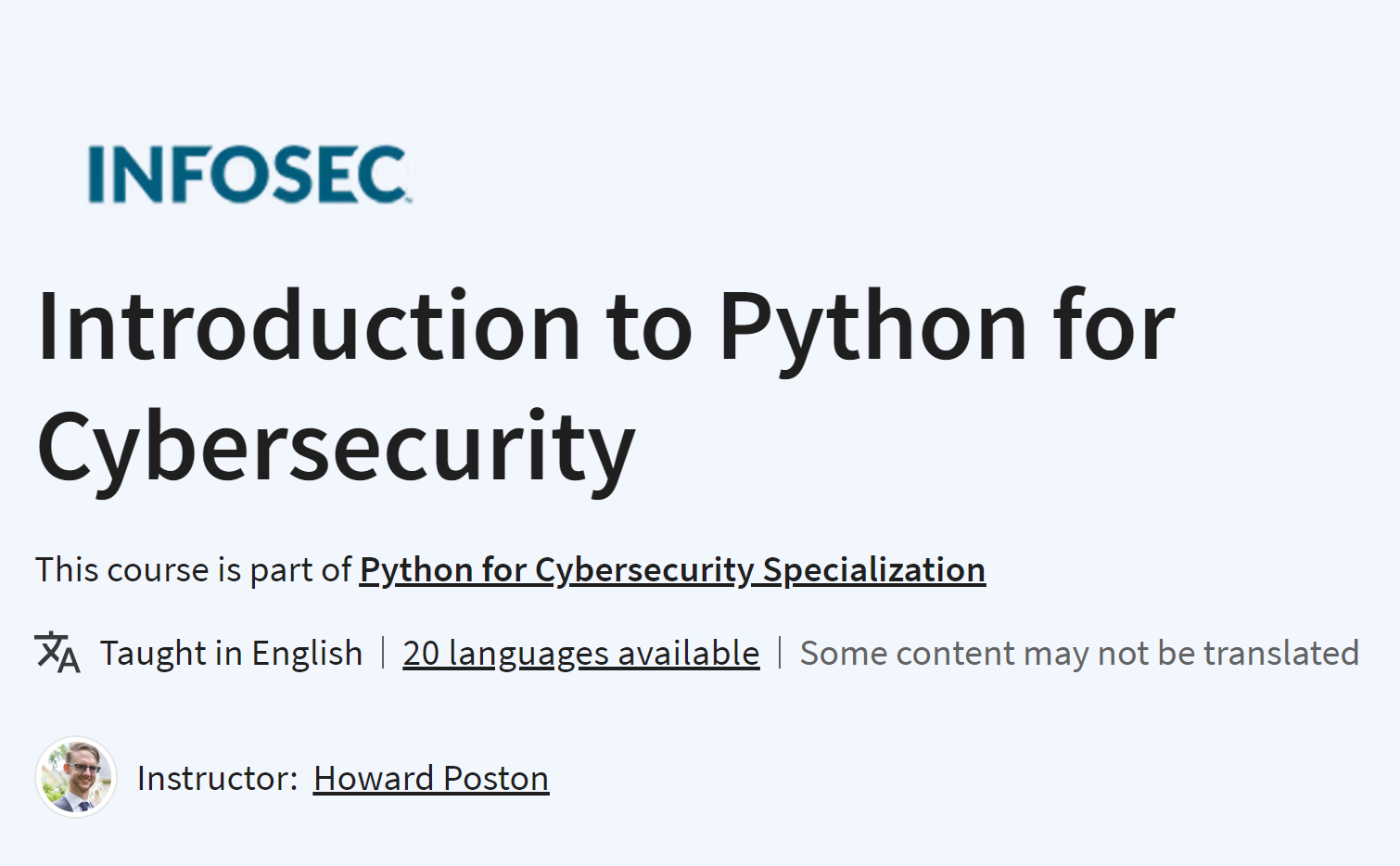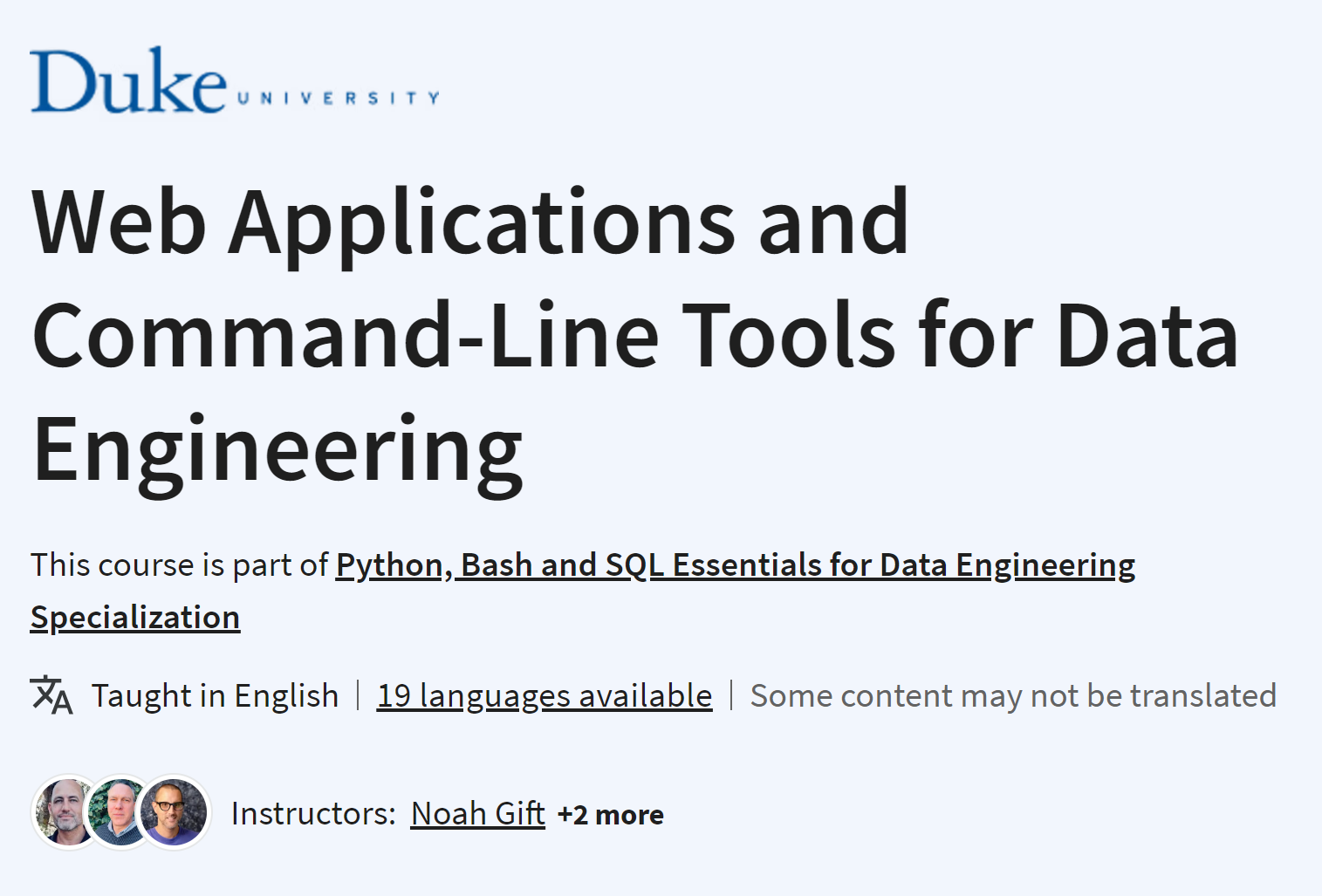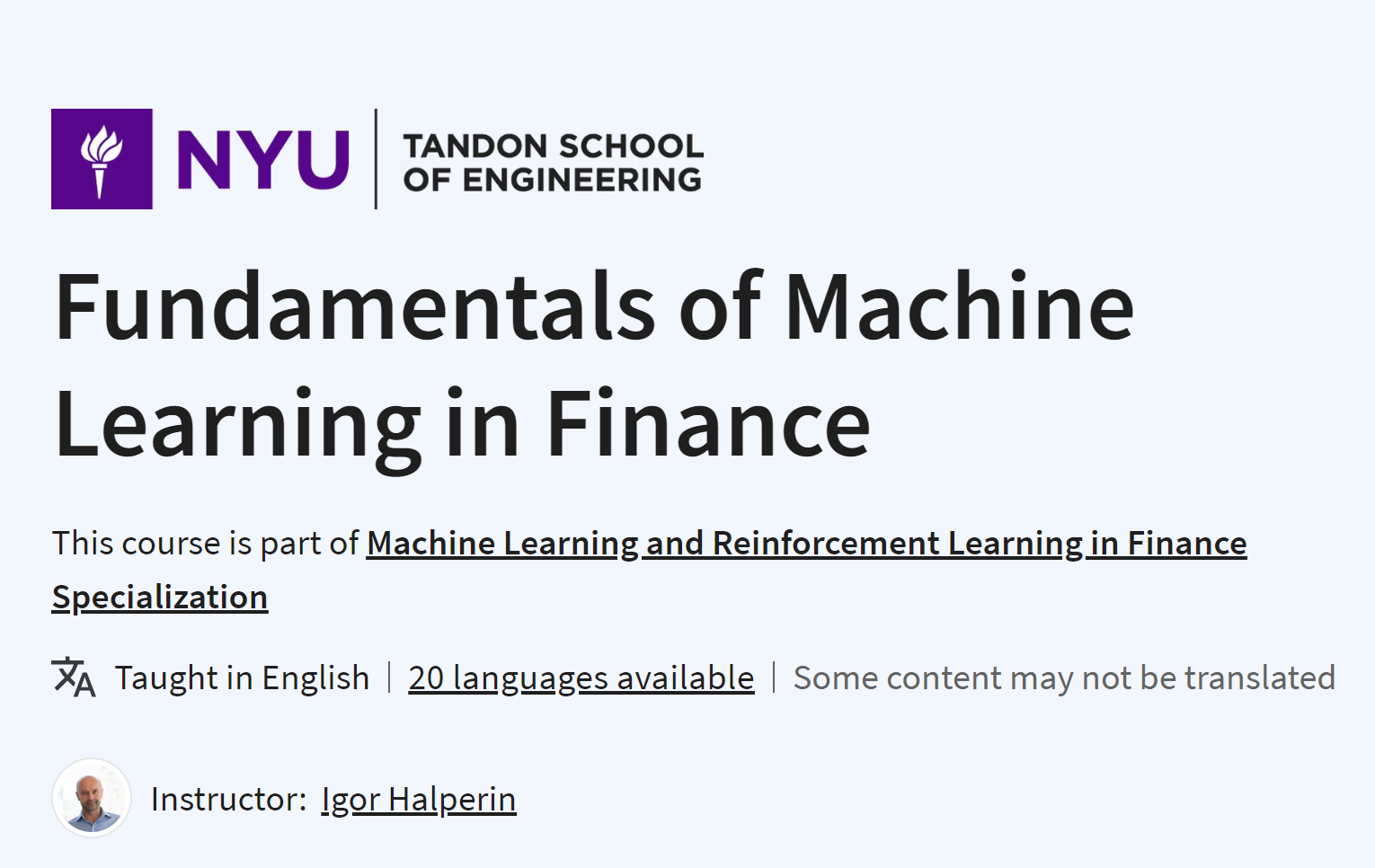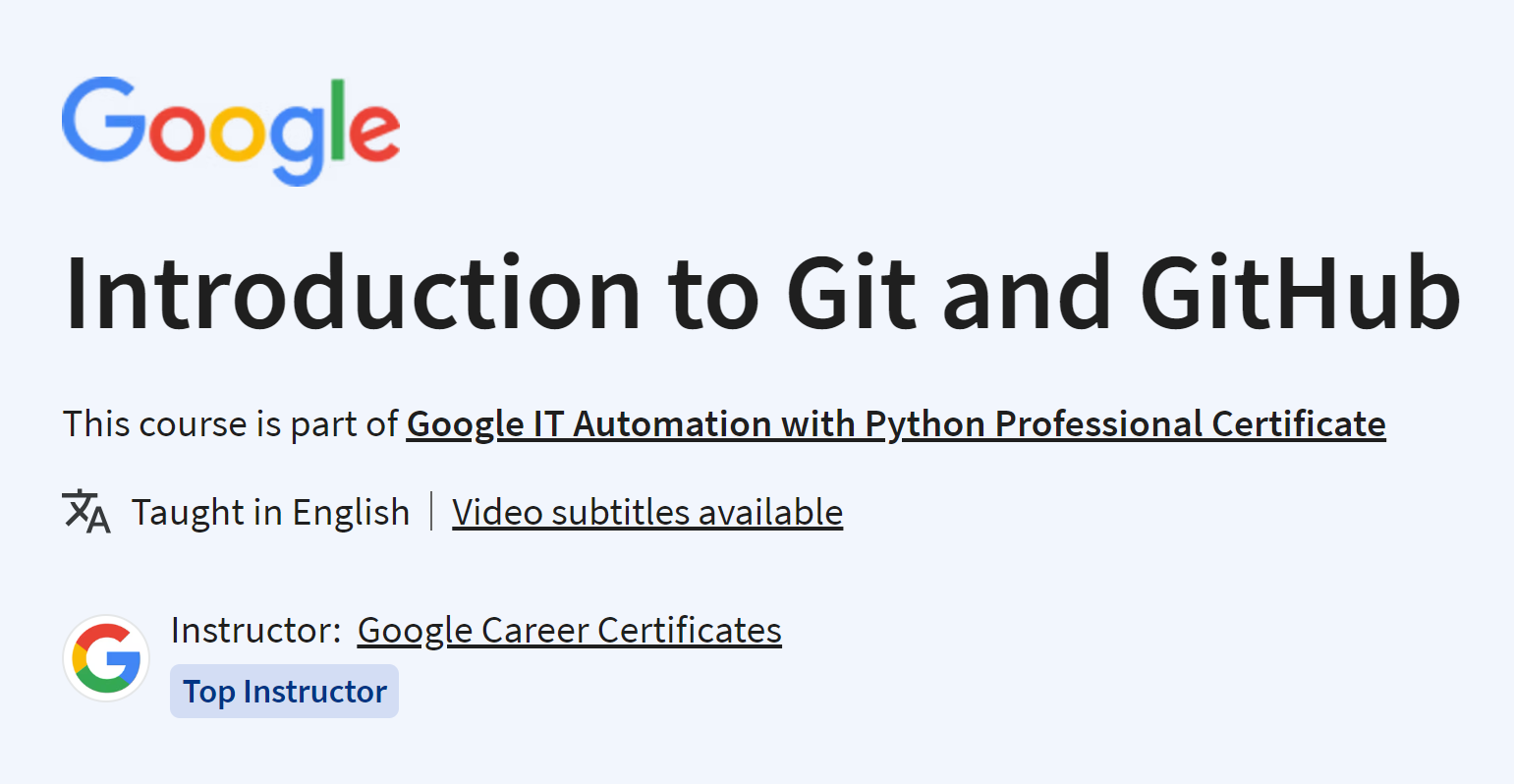Financial Machine Learning surveys the nascent literature on machine learning in the study of financial markets. The authors highlight the best examples of what this line of research has to offer and recommend promising directions for future research. This survey is designed for both financial economists interested in grasping machine learning tools, as well as for statisticians and machine learners seeking interesting financial contexts where advanced methods may be deployed.
This survey is organized as follows. Section 2 analyzes the theoretical benefits of highly parameterized machine learning models in financial economics. Section 3 surveys the variety of machine learning methods employed in the empirical analysis of asset return predictability. Section 4 focuses on machine learning analyses of factor pricing models and the resulting empirical conclusions for risk-return tradeoffs. Section 5 presents the role of machine learning in identifying optimal portfolios and stochastic discount factors. Section 6 offers brief conclusions and directions for future work.
PDF: Financial Machine Learning (Foundations and Trends(r) in Finance)
Hard Copy: Financial Machine Learning (Foundations and Trends(r) in Finance)
Free Courses Machine learning for Finance
Fundamentals of Machine Learning in Finance https://www.clcoding.com/2024/02/fundamentals-of-machine-learning-in.html
Python and Machine Learning for Asset Management
https://www.clcoding.com/2024/02/python-and-machine-learning-for-asset_19.html
Guided Tour of Machine Learning in Finance https://www.clcoding.com/2024/02/guided-tour-of-machine-learning-in.html
Python and Machine-Learning for Asset Management with
Alternative Data Sets https://www.clcoding.com/2024/02/python-and-machine-learning-for-asset.html
Python for Finance: Beta and Capital Asset Pricing Model https://www.clcoding.com/2024/02/python-for-finance-beta-and-capital.html

%20in%20Finance).jpg)

.png)

























.png)























.png)



























